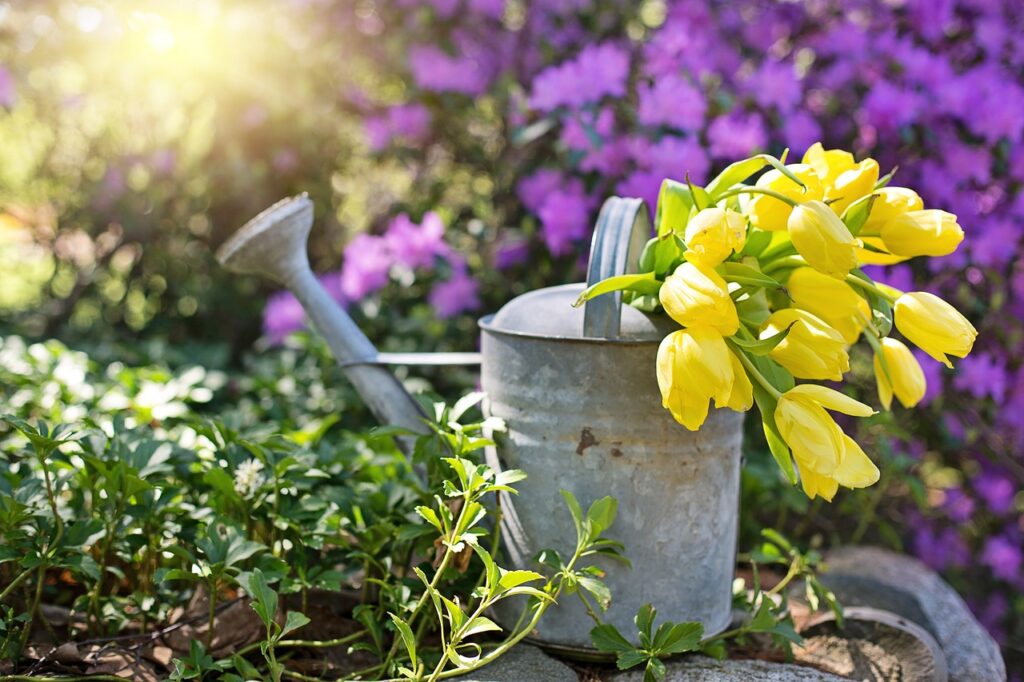Fertilizing your garden is essential for healthy plant growth, but using fertilizer efficiently can save you time, money, and effort while ensuring your plants thrive. Here’s a detailed guide on how to use fertilizer efficiently.
Understanding Fertilizer Types
Choosing the right type of fertilizer is crucial for effective application. Here are the common types:
- Organic Fertilizers: Made from natural materials, such as compost, manure, and bone meal. These improve soil structure and provide long-term benefits.
- Inorganic Fertilizers: Chemically synthesized and provide immediate nutrients. Common types include nitrogen, phosphorus, and potassium (NPK) fertilizers.
- Slow-Release Fertilizers: Gradually release nutrients over time, reducing the frequency of application and risk of over-fertilization.
Determining Your Garden’s Needs
Before applying fertilizer, it’s important to understand your garden’s specific nutrient needs. Conduct a soil test to determine nutrient deficiencies and pH levels. This information will help you choose the right fertilizer and avoid over-application.

Application Techniques
Using the right application techniques ensures that plants receive nutrients effectively:
- Broadcasting: Spreading fertilizer evenly over the soil surface. Suitable for large areas like lawns.
- Side-Dressing: Applying fertilizer in a band along the side of plants. Ideal for row crops and vegetables.
- Foliar Feeding: Spraying a diluted fertilizer solution directly onto plant leaves. Useful for quick nutrient uptake.
- Incorporating: Mixing fertilizer into the soil before planting. Helps distribute nutrients evenly.
Timing and Frequency
Applying fertilizer at the right time and frequency is key to efficiency:
- Early Spring: Apply fertilizer at the start of the growing season to support new growth.
- Mid-Summer: Provide a mid-season boost to maintain plant health.
- Fall: Apply a final application to prepare plants for winter dormancy.
Avoid over-fertilizing, as this can lead to nutrient runoff and damage to plants.
Watering and Fertilization
Watering plays a crucial role in fertilizer efficiency. Water the soil thoroughly before and after applying fertilizer to help dissolve nutrients and transport them to the root zone. Avoid fertilizing dry soil, as this can burn plant roots.
Additional Tips for Efficient Fertilization
- Measure Accurately: Follow the manufacturer’s instructions and measure fertilizer accurately to prevent over-application.
- Use Mulch: Applying mulch helps retain soil moisture and improves nutrient uptake.
- Rotate Crops: Crop rotation reduces soil nutrient depletion and improves soil health.
- Organic Matter: Incorporate organic matter like compost to enhance soil structure and fertility.
Conclusion
Using fertilizer efficiently is essential for a healthy and productive garden. By understanding your garden’s needs, choosing the right fertilizer, and applying it correctly, you can ensure your plants receive the nutrients they need without wasting resources.